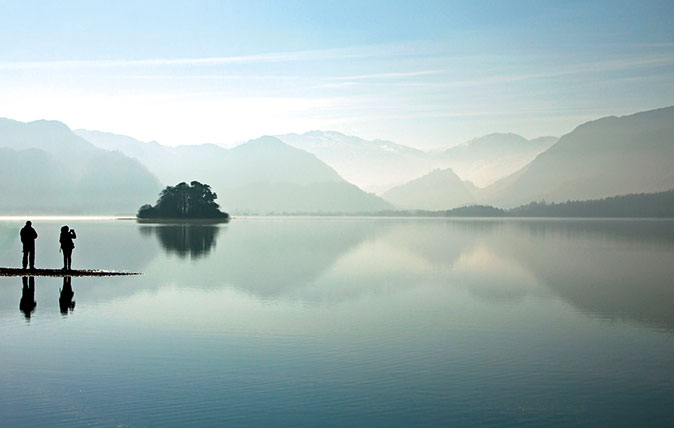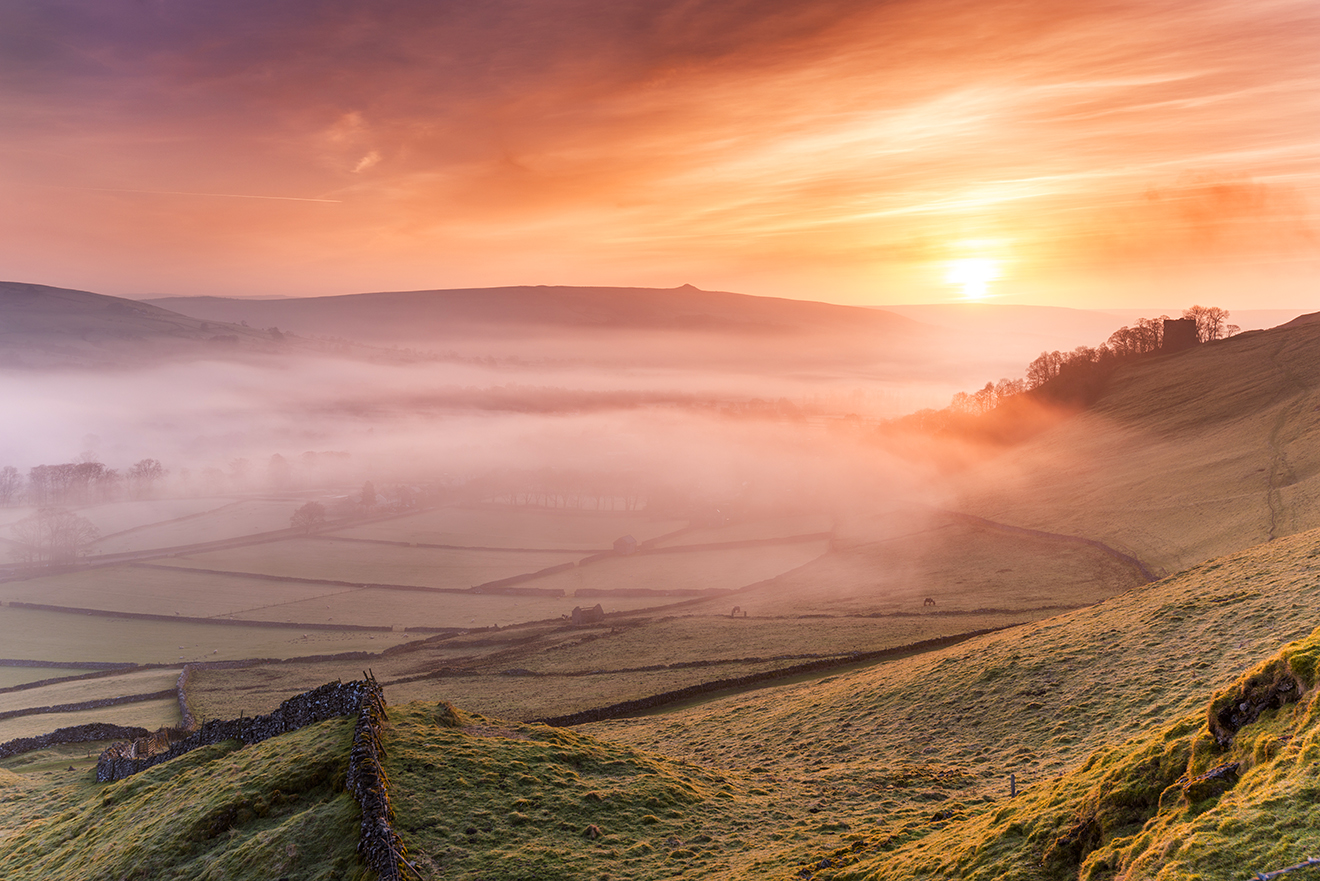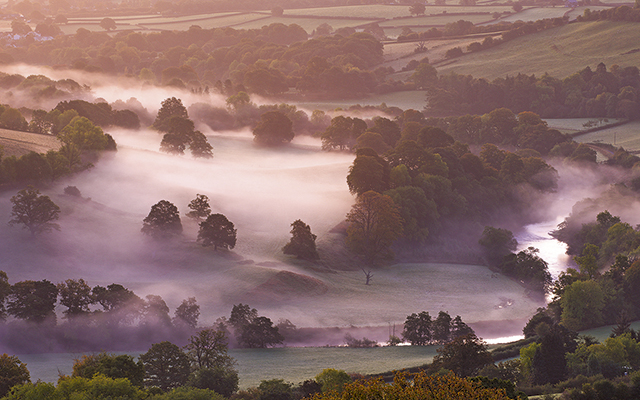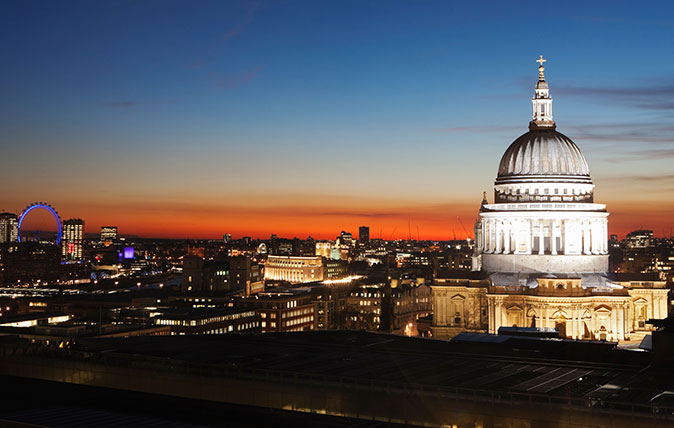Simon Jenkins: The new British countryside is being not planned, but plonked
The balance between conservation and construction is dangerously skewed, says Simon Jenkins – and in this light, Michael Gove should be applauded for his desire to extend our national parks and AONBs.


Britain’s National Parks are an easy win for Defra Secretary of State Michael Gove. Who could object to his desire to see them enhanced and possibly extended? A flurry of polls on the state of Britain at the time of the 2012 Olympics put the countryside on a par with the Royal Family, the NHS and Shakespeare as a chief source of national pride.
Yet no Government minister this century has shown the slightest interest in the rural landscape, so we must now give a cheer.
Mr Gove has set up an inquiry to strengthen the 15 National Parks and 46 Areas of Outstanding Natural Beauty (AONBs) that cover roughly a quarter of Britain’s land area.
We can all rush forward with our candidates for promotion: the Cotswolds, the Chilterns, the Wye Valley, the Cambrian Mountains, the north Pennines. However, to be honest, these are already the crown jewels of the countryside. Apart from the random wind turbine or super-barn, they’re already in the statutory Tower of London.

It is on the other side of the hill that lies Armageddon. Ever since Eric Pickles invited lobbyists from the construction industry to rewrite the coalition’s national planning policy framework in 2012, 60% of rural Britain has been ‘in play’ and has seen the most relentless land-use battles since the 1930s. This is the countryside sandwiched between Mr Gove’s protected areas and the 15% of Britain that is already built over.
This mostly lowland landscape of hills and valleys, fields and trees is, to most Britons, their local ‘area of natural beauty’, more precious to them than any national park. Under current and prospective Whitehall planning guidance, it’s all now at risk.
I know of hardly a rural community that does not feel under siege from Government demands for development.
Exquisite houses, the beauty of Nature, and how to get the most from your life, straight to your inbox.
Mr Gove’s statement didn’t mention green belts, now disintegrating ever since Mr Pickles and his successor, Sajid Javid, said they could be built over ‘where appropriate and sustainable’, a phrase interpreted in the courts as meaning profitable.
This has made every green-belt acre vulnerable to speculative purchase. At the last CPRE count, 443 sites in London’s green belt alone had been earmarked for building. Mr Javid actually boasted to developers that outside formally protected land, developers could ‘pretty much roam everywhere’.

Town and country planning was invented by Britain in 1947. It guarded the divide between settlements and countryside. Drive across Britain and you could see where one stopped and the other began. It compared favourably with the strip-and-sprawl, the bungalow-in-every-meadow, of Ireland or Italy or Portugal.
There’s no evidence that Britons want this countryside protection to end. Yet by imposing on every local council an arbitrary 20% increase in developed land, ministers have effectively let rip.
Outside National Parks and AONBs, there’s no longer ‘prime agriculture land’, no boundary between town and country, no guarding of views, no clustering of settlements, no direction of growth from South to North. The organic expansion of villages is replaced by ‘volume housing’ encampments of 200–300 units.
I can hardly believe my eyes these days when I see the country around Buckingham or Ely, on the Somerset Levels or in once-rural Northamptonshire. The new British countryside is being not planned, but plonked.
Shortly before his move to the Home Office, Mr Javid said he wanted five ‘garden’ towns, plus road and rail expressways, across the open country between Oxford and Cambridge. It’s unbelievable that a British minister in the 21st century could champion low-density, land-hungry, energy-guzzling sprawl in a personal vanity project such as this. Every dictate of planning theory now advocates ‘smart settlements’, concentrating development on existing built-up areas.
The CPRE and others push out constant evidence of so-called brown-field sites lying idle and suitable for high-density, low-rise development. It cites room for a million homes in London.
British towns and cities are among the least densely built in all Europe. Many outside the over-heated South-East are depopulating, their streets emptying, the infrastructure underused. It’s crazy to build over countryside when this lies wasted. The fact that a builder gets a higher margin on a rural site should not dictate planning decisions.

Last year, Mr Gove started an exciting intellectual debate over the future of agriculture. He said he wanted to wean farmers off subsidising landscape destruction and onto Nature protection. His stated concerns were for biodiversity, soil quality, air pollution, habitats and access. Good causes all, but he made no mention of the guardianship of landscape beauty.
The post-Brexit demise of acreage subsidies will mean a rush for development in the countryside. At present, it will be a rush at an open door. Already, a landscape scarred with disused petrol stations and emptying hypermarkets is being defaced with wind turbines, distribution warehouses and once-banned advertising hoardings. The Briton’s ‘right to roam’ has been transferred to the bulldozer.
It’s surely time for Mr Gove to grasp the nettle and list the landscape, exactly as we list historic buildings. Countryside should be classified, from National Parks and AONBs, through green belts and Grade-I listed scenic land, to areas of purely local significance. The rest can be classified as having a ‘presumption for development’. No one now buys listed townscape in the hope of being able to destroy it – yet that is what’s happening to countryside. We need a Domesday Book of natural beauty.
When I have examined landscape with surveyors, I have discovered that such listing would almost certainly release more land for building than is emerging from the present warfare. Instead of local communities having to fight Whitehall inspectors, planners and builders over every inch of ground, the ‘rules of engagement’, once established for each site, would be clear. Green belts around cities could even be sensibly redrawn.
Listing would offer a physical framework for Mr Gove’s vague ‘environmentalism’. As with the best of British towns, the best of the countryside should be a no-go area for development, in perpetuity. It would be freed from central bullying, local desperation and greed, to become what it has been for so long, Britain’s crowning glory.
Country Life is unlike any other magazine: the only glossy weekly on the newsstand and the only magazine that has been guest-edited by His Majesty The King not once, but twice. It is a celebration of modern rural life and all its diverse joys and pleasures — that was first published in Queen Victoria's Diamond Jubilee year. Our eclectic mixture of witty and informative content — from the most up-to-date property news and commentary and a coveted glimpse inside some of the UK's best houses and gardens, to gardening, the arts and interior design, written by experts in their field — still cannot be found in print or online, anywhere else.
